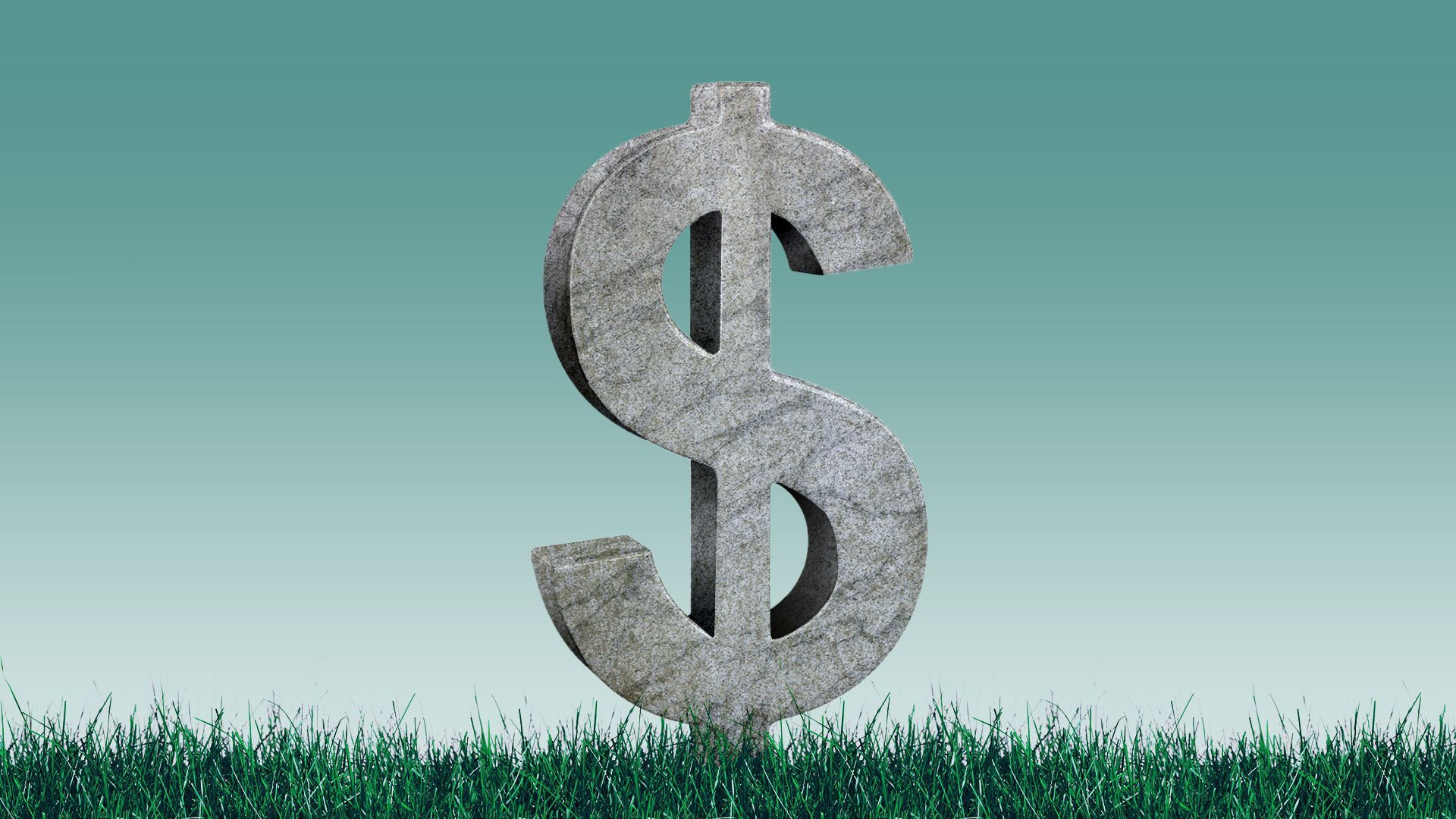 Data: Bureau of Labor Statistics; Chart: Erin Davis/Axios Visuals What shortage? Employers managed to find and hire 115,500 new truckers since the depths of the pandemic in May 2020, Emily writes. Why it matters: At the height of the supply chain crisis, transportation companies pointed to a shortage of truckers as a contributing factor. Truckers and labor advocates were quick to say low pay, poor working conditions and high turnover were driving the problem. - Now that shortage is easing, and possibly over.
- "The driver supply flipped from shortage to surplus in early 2022," notes a report from ACT, a transportation market research group.
Between the lines: The surge in hiring comes amid big increases in wages and demand for trucks to deliver all the stuff we've been buying for the past few years. Plus, some of the health constraints of the pandemic have faded. - Now that the stimulus checks are gone and prices are rising, driving a truck, in an industry with wage growth that easily beats inflation, looks appealing.
Employers "have been trying to hire like crazy ever since the pandemic-induced demand surge led to relative capacity constraints in the industry," Andrzej Tomczyk, a research associate at Goldman Sachs, said in an email to Axios. "So it's likely a reflection of some catch-up coming online." By the numbers: 20,000 more long-haul truckers gained employment in May— the largest monthly addition of new truckers since 1997 when the Bureau of Labor Statistics started tracking, according to a Goldman research note. - Long-haul trucking employment is now 2% above pre-pandemic levels.
- Average weekly earnings were 10.8% higher in May, compared to a year ago, for drivers in freight trucking, according to BLS data.
More drivers struck out on their own, too, buying their own truck and taking advantage of surging "spot prices" — or live market rates — for hauling. - "A lot of people who wouldn't normally be a truck driver" became truck drivers, said Kenny Vieth, president of ACT.
Yes, but: The industry still needs more truckers, says Bob Costello, chief economist at the American Trucking Associations, a trade organization. - He said some of the increase in employed truckers comes from independents making the switch to full-time jobs.
- Plus, the increase in wages has also led some truckers to drive fewer hours, he adds.
Worth noting: These dynamics also provide important clues about the health of the overall economy, as our friends at Axios Macro wrote last week. Zoom out: For as long as there have been trucks, there have been trucker shortages. - Vieth sent me a clip from a 1914 article from The Traffic World that reads: "Practically every truck manufacturer and nearly all employers complain of the great difficulty of securing drivers who are competent."
| 











No comments:
Post a Comment